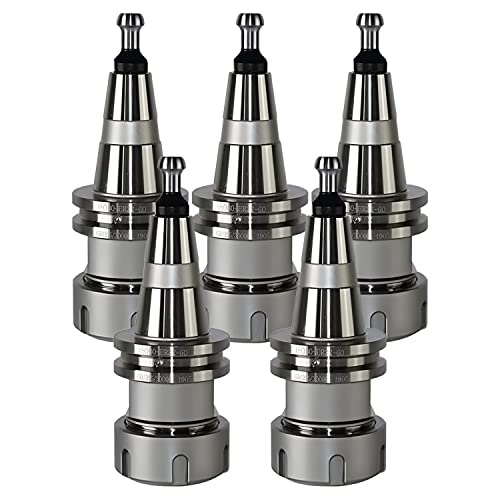Stan said:
Dean: I guess I am particularly stupid when it comes to the H numbers. I understand the charts to mean that most taps have the pitch diameter .0005" larger on each successive H number. If the bolt is a tight fit in a H1, is it then a loose fit in an H3?
Hi Stan;
It's not stupid. It's a mixed up thing we're talking about, because we get the idea that one might be better than the other. When taps are identified for a print, they get the "h" number, but the hole and fasteners themselves do not, as far as I know. They get a different alpha/numeric system to themselves.
First, I guess we have to say that "tight" and "loose" are relative terms. I'll just say yes, you could consider the h3 cut a looser fit than the h1 cut, but I don't want you to think that means it's bad, or sloppy. It's just a tolerance for the tap. It affects the tapped hole only if the print tells you it does.
The size of the tap drill remains the same, so the minor diameter of the hole should be the same, but the outside of the h3 tap is larger where it cuts threads, so it would make sense to say it will be looser. Still, one is not better than the other. It depends on what thread the tap is cutting. If it's cutting for 0-80, then the tolerance of h2 will give the "average" cap screw some breathing room. If you're using a tap that cuts 1"-12, then h2 makes that hole a closer fit with that size cap screw, because the percentage of the tolerance decreases in relation to the diameter of the tapped hole.
Don't worry about all this stuff. If what you're doing or using now works for what you are building, then everything is fine.
I know that an H3 takes more torque to thread a hole because it is cutting deeper. Would using a tap drill .001" larger give the same resultant thread? These questions are all simply curiosity because as I said in my previous post I don't think it affects anything I do.
I'm not certain, but it sounds sensible to assume so. There is going to be some geometry affecting it because when the tap diameter increases, the edge of the thread between the top of the thread and it's root (on the tap) changes in length.
I don't even take the "h" number into account when drilling tap holes. Most of what I have here are h2 in the smaller sizes, but a few are h1 and some h3. For any of my taps that are over 1/4", I don't even know the "h" number because most of them are consumer taps, from the hardware store.
Dean

















![DreamPlan Home Design and Landscaping Software Free for Windows [PC Download]](https://m.media-amazon.com/images/I/51kvZH2dVLL._SL500_.jpg)















































![TurboCAD 2020 Designer [PC Download]](https://m.media-amazon.com/images/I/51UKfAHH1LL._SL500_.jpg)

